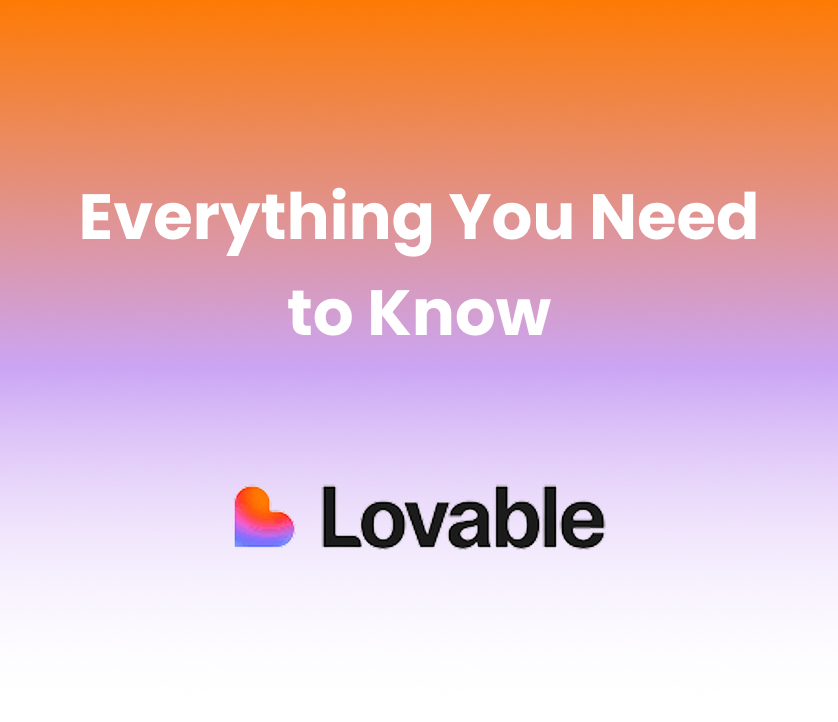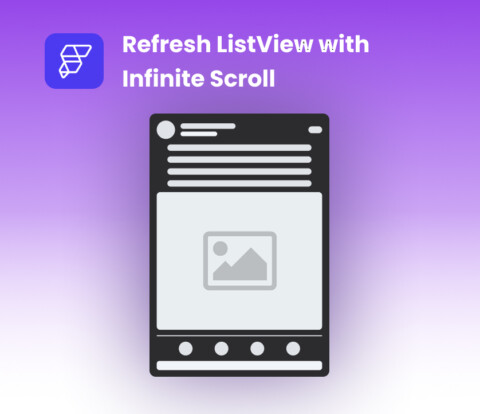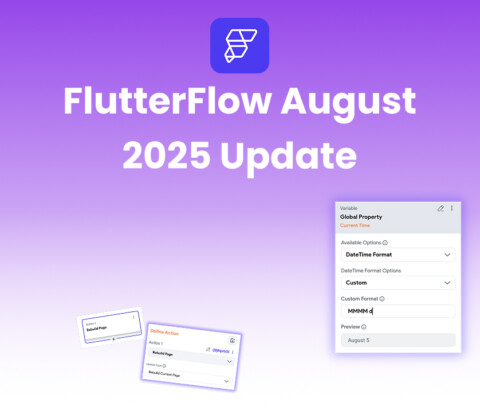In 2025, “coding” no longer means staring at a blank screen and typing endless lines of code with correct syntax. Instead, you can simply describe what you want, and platforms like Lovable Dev handle the heavy lifting.
Lovable has quickly become one of the most trending tools in the new wave of AI-powered development. It promises to transform plain textual ideas into full-stack applications in minutes, something(Project Setup, install dependencies manually, database configurations, design frontend, design DB architecture) that used to take weeks of setup, scaffolding, and debugging. And with the introduction of Lovable Cloud, it’s evolving into a one-stop shop for non-technical founders and developers who want to move fast without spending a lot of time on backend complexities.
In this article, we will explore what Lovable is, how it works, the latest features, its strengths and limitations, and whether it’s the right platform for you.
What is Lovable Dev?
At its core, Lovable AI is a “prompt-to-app” builder. Instead of drag-and-drop UI blocks or pre-built templates, you simply describe your idea in natural language:
- “I need a dashboard where users can sign up, upload files, and see analytics.”
- “Add password reset via email and user profile pictures.”
Lovable then generates:
- A React-based frontend with responsive styling
- Backend APIs and logic
- Database schema and CRUD operations
- Authentication, roles, and permissions
- GitHub integration for version control
Unlike traditional no-code platforms (Flutterflow.io, Bubble.io, etc) that bind you inside black-box builders, Lovable gives you real, editable code. This means you own your app, can host it anywhere, and extend it however you like.
Even better, you don’t have to settle for the first draft. Lovable supports iterative conversation: ask for refinements, and it updates the code accordingly.
Why “Lovable Dev” Matters in 2025
The appeal of Lovable AI is not just speed—it gives you full control to manage the code, edit the code, and also work locally and push it the Git, it will sync that code.
- Organized development: You don’t need to know React, Node.js, or SQL to build something functional.
- Speed & efficiency: What once took weeks of backend scaffolding can now be bootstrapped in hours.
- Customization with ownership: Because you get full code access, you’re not locked into a proprietary tool.
- A shared language: Non-technical founders can describe their vision, and developers can take over from there.
Introducing Lovable Cloud: The Latest Features
One of the biggest criticisms of AI app builders has been backend complexity. You still had to worry about databases, hosting, authentication, and deployment pipelines. Lovable Cloud changes that.
Here’s what it offers:
- Built-in Backend: Database, storage, authentication, and backend logic—all set up instantly. You don’t have to configure Supabase, Firebase, or AWS manually; Lovable Cloud does it out of the box.
- AI Models Ready to Use: Want to add chat features, text analysis, or image generation? Lovable Cloud comes with powerful LLMs (Large Language Models) pre-integrated. You can drop AI features into your app without API key wrangling or model setup.
- Free to Start, Pay as You Scale: Lovable Cloud includes free usage tiers so you can experiment without cost. As your app grows, you only pay for what you use. You can track and top up usage directly in Settings → Usage.
For no-coders, this means freedom: instead of splitting energy between backend plumbing and feature-building, you can focus solely on your app’s core experience while Lovable Cloud handles the rest.

How Lovable Works
The workflow is refreshingly straightforward:
- Prompt → Describe your app in plain English.
- AI Processing → Lovable breaks down the request into frontend, backend, and data models.
- Code Generation → A React frontend, backend APIs, and database schema are auto-generated.
- GitHub Sync → The app is pushed to your repo for ownership and collaboration.
- Iteration → Refine via conversation or manual code edits.
- Deployment → Either self-host with your stack or one-click deploy with Lovable Cloud.
This blend of AI scaffolding + real code is what gives Lovable an edge over drag-and-drop builders.
Strengths & Weaknesses of Lovable
What It Excels At
- Rapid prototyping: MVPs in days, not months.
- Lower barrier for non-tech founders: Just describe your vision.
- Ownership: Real code, not trapped in a visual builder.
- AI-powered iteration: Update apps with prompts instead of rewriting code.
- Lovable Cloud backend: No setup headaches, just build.
Where It Falls Short
- Prompt sensitivity: Vague instructions can produce buggy results.
- Design polish: Functional UI is fast, but custom design often needs manual work.
- Complex domain logic: Highly specialized workflows still need human coding.
- Vendor dependencies: Outages (GitHub, AI providers) can impact availability.
Real-World Use Cases
- Startup MVPs → Test your idea before investing in a dev team.
- Internal tools & dashboards → Spin up reporting panels or CRM apps quickly.
- Agencies → Deliver prototypes to clients faster.
- Developers → Offload boilerplate, focus on the hard problems.
Users on Reddit and X have shared building CRMs, crypto trackers, and analytics tools—all with Lovable in a fraction of the time.
How Lovable Compares
- Vs No-Code Tools (Bubble, Webflow): Those abstract code away; Lovable gives you editable code.
- Vs Low-Code Tools: Low-code offers UI builders with some coding; Lovable is prompt-driven and more flexible.
- Vs Full Code: Traditional coding gives maximum control but is slower; Lovable accelerates scaffolding and lets humans refine.
Rather than replacing developers, Lovable amplifies them—an AI co-pilot that handles repetitive setup.
Tips to Get the Most Out of Lovable
- Start small, then iterate.
- Write clear, detailed prompts.
- Review the generated code for gaps or vulnerabilities.
- Use Lovable Cloud if you want backend + AI features without setup.
- Blend AI scaffolding with human polish for the best results.
Should You Use Lovable Dev in 2025?
If you’re a founder testing an MVP, a non-technical creator with an idea, or a developer who hates repetitive boilerplate, Lovable deserves your attention.
But if your app demands ultra-custom performance, specialized algorithms, or pixel-perfect UX, you’ll still need traditional coding skills. Lovable is a launchpad, not a silver bullet.
Final Thoughts
Lovable AI is more than just a “text-to-app” gimmick. With Lovable Cloud, it’s evolving into a full-stack ecosystem that combines code ownership with backend simplicity and built-in AI.
In a world where time-to-market can make or break ideas, Lovable offers something rare: the freedom to build fast without sacrificing control.
It’s not just about removing barriers—it’s about empowering anyone, from students to startup founders, to turn imagination into reality. And that makes it one of the most “lovable” tools of 2025.






